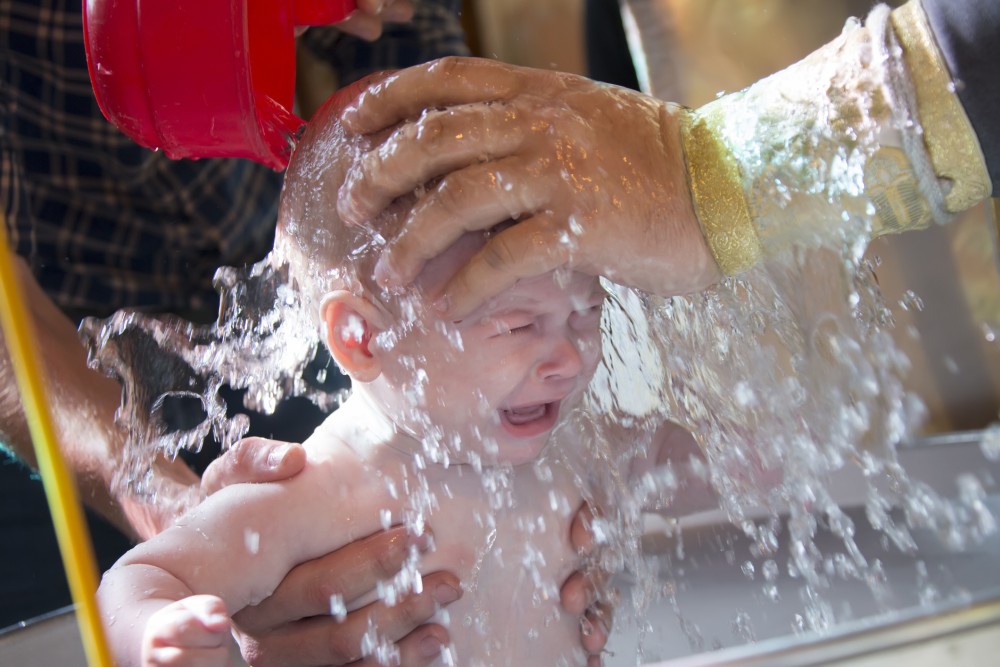We should celebrate the “death day” of our baptism each year
Baptism is about dying with Christ. Why don't more churches talk about this?

On a recent bicycle ride, I encountered a dead deer and 11 turkey vultures feasting on its carcass. (Yes, I counted.) A small creek gurgled nearby and an ambulance echoed a half mile away, heading up the main highway. Several of the vultures perched on tree limbs until I departed up the next hill. Returning later in the day, I was astonished at how quickly the deer’s carcass had been reduced to bones.
Death is revolting and frightening. But in baptism, Christians receive a new identity, a different perspective on living in the world. Disciples are liberated from the great fear of death by going ahead and dying before we breathe our last.
In my decades as a Lutheran pastor, I’ve led a variety of classes and workshops inviting participants to answer this question: What word or phrase comes to mind upon hearing the word baptism? People offer valid and biblical responses: new life, rebirth, cleansing, forgiveness, family, body of Christ.





